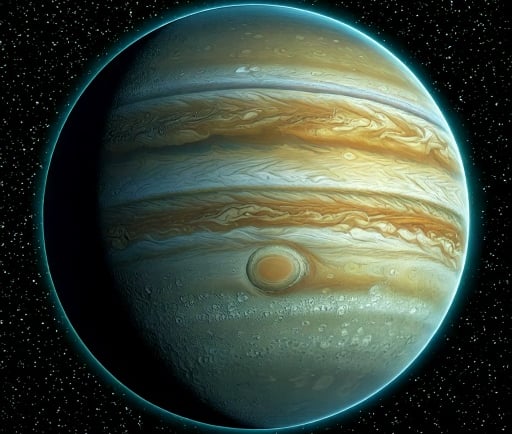UKIRT 2017 BLG 0011LB:The United Kingdom Infrared Telescope


Introduction to UKIRT 2017 BLG 0011LB
The UKIRT 2017 BLG 0011LB, located within the Sagittarius constellation, is a significant astronomical discovery that elevates our understanding of exoplanets. Situated approximately 6,300 parsecs from Earth, this exoplanet is situated in a region of space that is not only fascinating due to its distance but also due to its properties as a potential host for life.
Characterization of the Exoplanet
This particular exoplanet has garnered attention because it possesses a mass estimated at 1.3 plus or minus 0.4 times that of Jupiter. Such a mass classifies UKIRT 2017 BLG 0011LB as a gas giant, yet its orbital and environmental conditions can suggest characteristics that are crucial for habitability. Specifically, its orbital period is noted to be 3,468 days, which places it in a unique relationship with its host star.
Evaluation of the Habitable Zone
One of the most vital aspects of UKIRT 2017 BLG 0011LB is its location within the habitable zone, which is defined to be between 0.62 and 1.11 astronomical units (AU) from its star. The habitable zone is significant with respect to the potential for water, along with favorable temperatures that can sustain life as we know it. This positional characteristic raises questions about the possible existence of moons or other bodies that might orbit UKIRT 2017 BLG 0011LB, which could potentially harbor life.
The study of microlensing has provided invaluable insights into the understanding of not just this exoplanet, but the properties of distant planetary systems. The phenomenon enables astronomers to detect planets that would otherwise remain hidden to conventional observational techniques. As the study of microlensing techniques continues, more discoveries of exoplanets like UKIRT 2017 BLG 0011LB may arise, possibly unveiling new worlds ripe for exploration.
Conclusion
In summary, UKIRT 2017 BLG 0011LB enriches our knowledge of exoplanets within the Sagittarius constellation. From its intriguing mass to its orbital period, and the defining aspects of its habitable zone, this exoplanet stands out as a focal point for ongoing research. As methodologies such as microlensing evolve, they open doors to future discoveries that could contribute significantly to our understanding of planetary systems and the potential for life beyond Earth.
